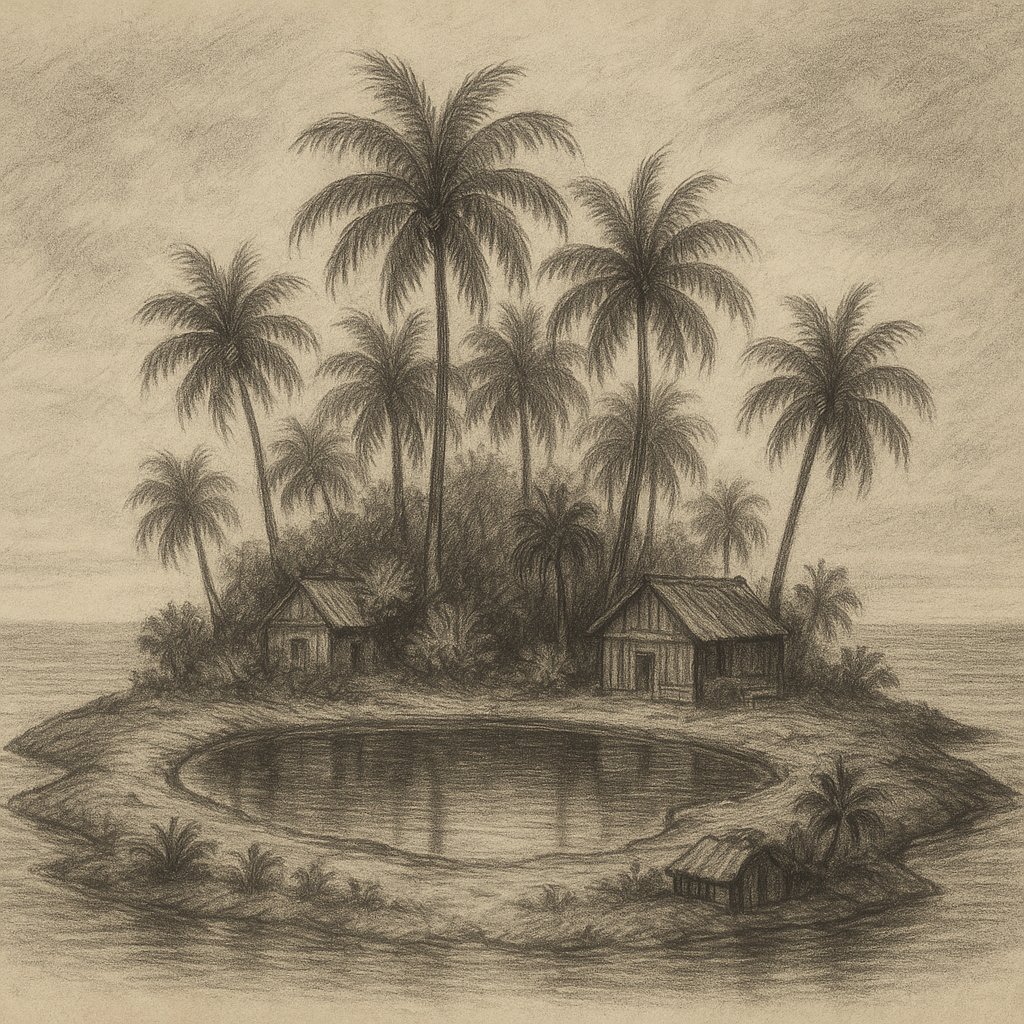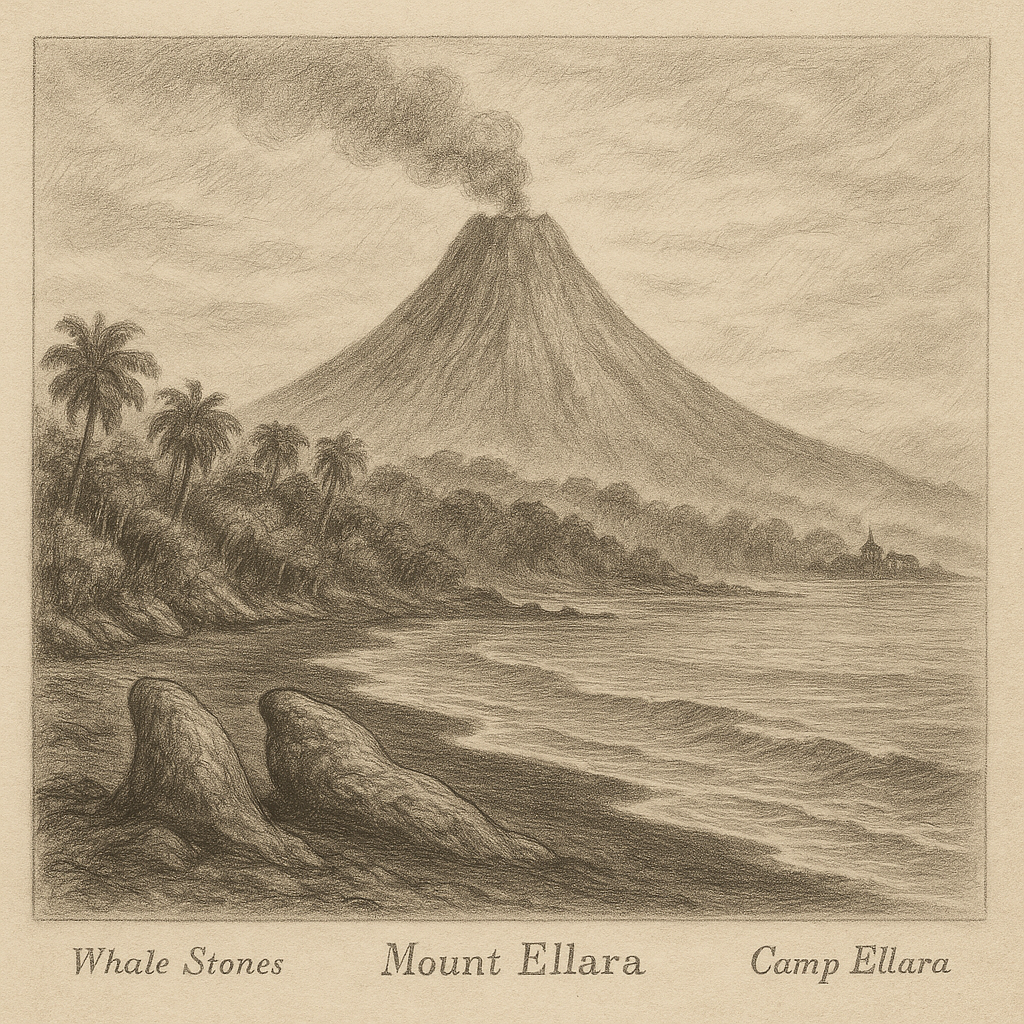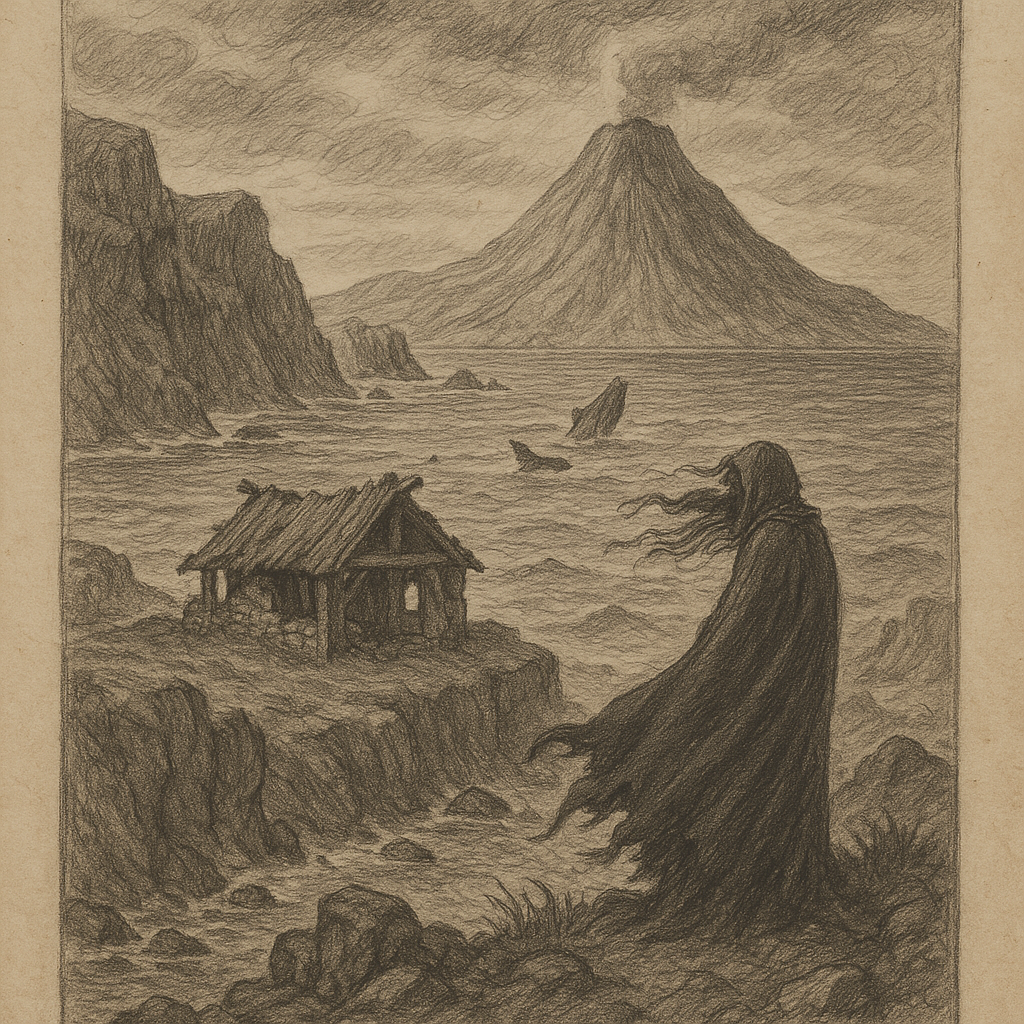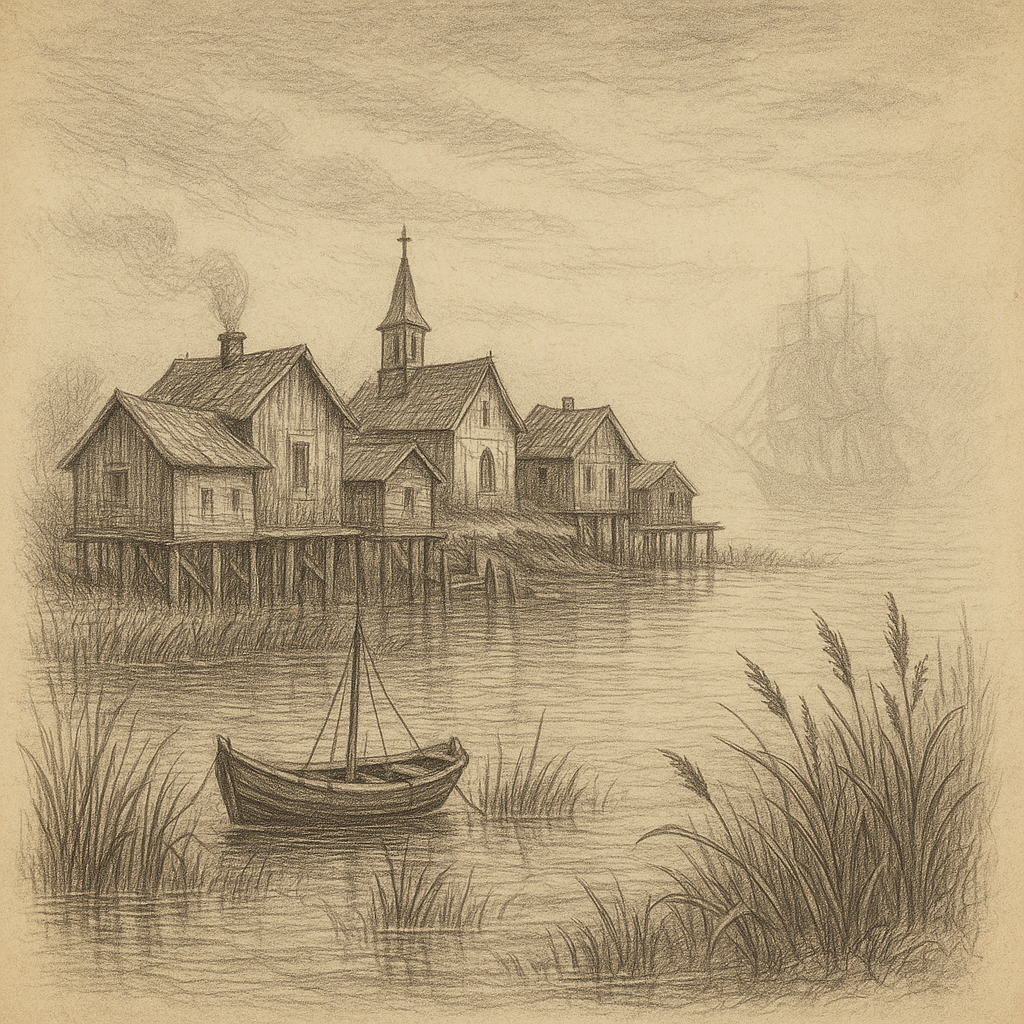Introduction to Suwain Island
Suwain Island is one of the most isolated and least known inhabited islands in the South Pacific Ocean. Situated in the northern reaches of American Samoa, Suwain Island (also spelled Swains Island) is unique in both its geographical setting and its cultural history. Measuring just over 1.5 square kilometers in area, the island forms an atoll-like shape with a central lagoon, though its lagoon does not have a natural opening to the sea. Despite its small size, Suwain Island boasts a rich and somewhat mysterious identity, having been the subject of colonial claims, legends, and unique ecological features.
Geographic Location and Formation
Suwain Island is located approximately 320 kilometers north of Tutuila, the main island of American Samoa, and about 2,300 kilometers southwest of Hawaii. The island is part of the Tokelau chain, yet politically and administratively it belongs to American Samoa. The geographical placement of Suwain Island places it close to the equator, giving it a warm, tropical climate year-round.
Geologically, Suwain Island is a low-lying coral atoll, although its unique structure features a central freshwater lagoon that is not visibly connected to the open ocean. The atoll was likely formed through volcanic activity that gradually gave way to coral reef development, much like the classic Darwinian model of atoll formation. Over time, the volcanic base subsided, leaving the surrounding coral structures near sea level.
Flora and Fauna
Suwain Island’s dense tropical vegetation includes coconut palms and pandanus trees, which were historically crucial for both sustenance and shelter. The island’s interior is covered with thick forest, dominated by native and introduced plant species. The surrounding waters are rich in marine biodiversity, including reef fish, mollusks, and crustaceans. The island is also an occasional nesting site for seabirds and green sea turtles.
Although small in size, Suwain Island supports a limited range of native animal species, most of which are birds and reptiles. Human activity has introduced species such as chickens, piglets, and rats, which have had a notable impact on the island’s rudimentary ecosystem.
Human History and Settlement
Suwain Island has a history as unique as its geographical features. The first known European to sight the island was probably the Portuguese navigator Pedro Fernandes de Queirós, although it was later recorded by Dutch explorers. The island was inhabited by Polynesians long before European contact, and it was known locally as Olosega.
In the mid-19th century, the Jennings family from the United States took possession of the island under ambiguous legal claims, operating it as a private copra plantation. Despite multiple foreign claims to the island, it ultimately became part of the U.S. territory of American Samoa in 1925. A few Samoan families, mostly descendants of the original settlers, continue to maintain cultural ties to the island, although its population has fluctuated dramatically over the years.
Today, permanent residence is sparse. Suwain’s small settlement consists of basic wooden structures, and residents depend on rainfall for freshwater, as the lagoon is brackish. Due to its isolation and lack of infrastructure, it is administered remotely from American Samoa’s capital of Pago Pago.
Interesting Facts about Suwain Island
While small and remote, Suwain Island offers a number of interesting peculiarities:
– It is privately owned, with the land legally belonging to the descendants of Eli Hutchinson Jennings, who first established the copra plantation in the 1800s. This makes it one of the only privately owned islands within a U.S. territory.
– The island’s central lagoon holds brackish water, making it unsuitable for drinking but ecologically intriguing.
– Suwain is the only atoll associated with American Samoa, making it unique in the territory’s generally volcanic archipelago.
– It observes the same time and jurisdiction as the rest of American Samoa, despite being physically much closer to the islands of Tokelau.
Legends and Oral Traditions
Like many Polynesian islands, Suwain Island carries with it a collection of oral legends passed down through generations. One such legend speaks of the spirit guardian of the lagoon, believed to manifest as a large eel. Locals are wary of entering the lagoon alone or at night, fearing that the spirit eel will pull intruders into the depths as punishment for disrespecting the sacred waters.
Another legend tells of the original guardian of the island, a matai (chief) from Tokelau who was banished for defying his elders. In exile, he is believed to have carried a sacred stone across the ocean and placed it at the heart of Suwain Island to protect his new home. It is said that the stone remains somewhere in the forest, hidden from outsiders, and brings blessings to those who come in peace.
These legends contribute to the island’s mystique and cultural depth, providing a window into the spiritual and historical worldview of its early inhabitants.
Access and Conservation
Due to its private ownership and remote location, access to Suwain Island is extremely limited. Few regular ships visit the island, and any travel typically requires special arrangements through the government of American Samoa and consent of the Jennings family descendants. There are no public facilities, airstrips, or scheduled sea transport to and from the island.
The natural environment has remained relatively undisturbed compared to more developed areas in the Pacific, though past activities like copra harvesting and introduction of non-native species have left marks on the ecosystem. Occasional conservation efforts aim to study the island’s biodiversity and history, but the lack of infrastructure poses a challenge.
Conclusion
Suwain Island remains a hidden gem in the vast Pacific Ocean—a land rich in natural beauty, mysterious legends, and layered human history. Its isolated position and private nature have both protected and limited it, creating a balance between preservation and antiquity. As global interest in remote and ecologically unique locations grows, Suwain Island stands as a testament to the enduring mystique of isolated island life.



